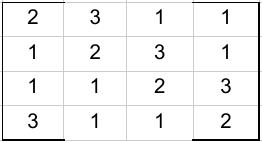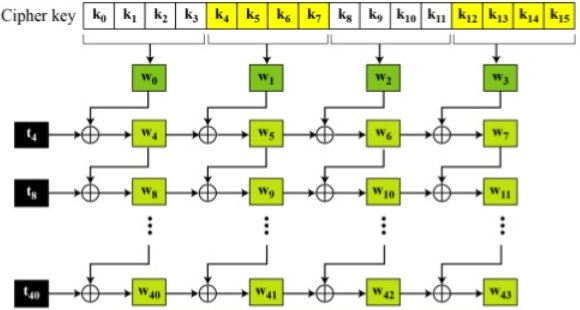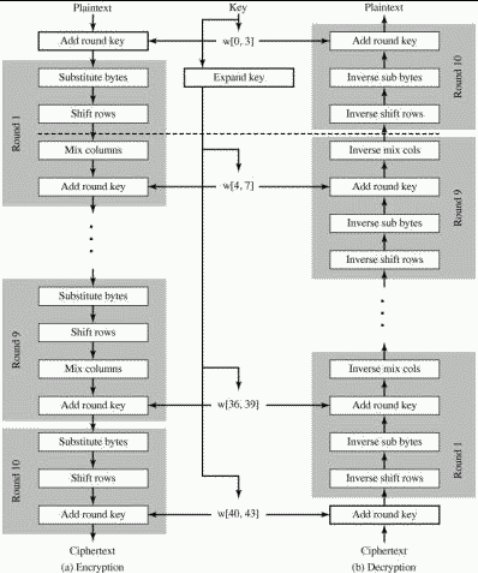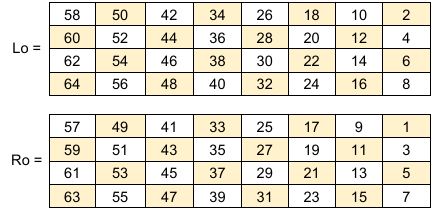Recently I read a paper “Secure Information Aggregation for Smart Grids using Homomorphic Encryption“, which was an interesting read. It introduced me to a new homomorphic encryption called Paillier cryptosystem. Here they have used this cryptosystem to encrypt data collected by smart grids. Smart grids are used for keeping track of the power consumption of an area, neighborhood or a wide range of area. The smart grids carry the information of the power consumption of the local area which is send to the collector unit which will calculate the total power consumption of a wider area. In smart grids the power usage is considered as privacy of the owner, and is not allowed to reveal to other meters. To protect user privacy homomorphic encryption is employed to ensure that the data is not revealed to the device en route. In this they have adopted Paillier cryptosystem since it require additive homomorphic property to use for the data aggregation.
In this method , they assume the smart grids to follow honest and curious model where they assume the smart grids does not falsify the data which causes inaccurate aggregation result, and thereby this model does not consider false data injection attack. Unlike the traditional method where each smart grid is connected to the collector unit, in this method an aggregation tree is generated by the collector unit in which some smart grids are connected directly to the collector unit and the others are connected as their child units. The data from the child and from itself is computed by the parent and is sent to the collector unit which is at the root hence reducing the network traffic at the collector unit. While generating the aggregation tree there are few things to be followed which is described in the paper. Anyway in all sense this is fully better than the traditional model that was employed before. The only mistake that I could find out was that they assume the smart grids to follow honest and curious model which can be exploited. But it is mentioned in the paper that their ongoing research is to improve this functionality.
If anyone gets time after their coding hours do find time to read this paper, it is suitable for novice readers. Maybe you can start reading paper from today onwards. And if it excites you, try implementing the Paillier cryptosystem 😉



























